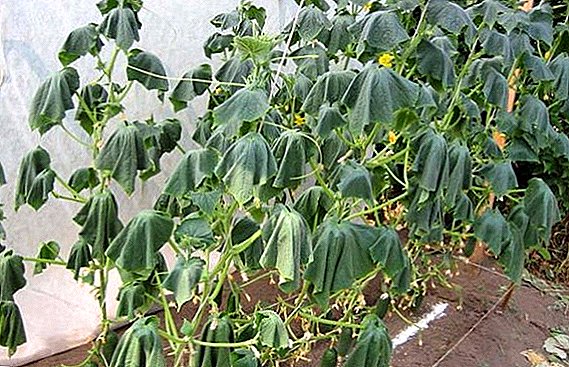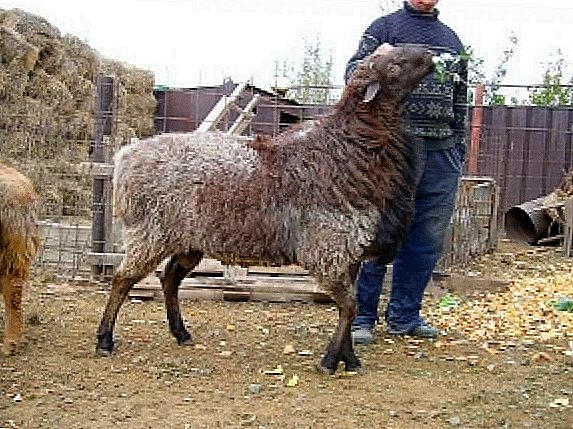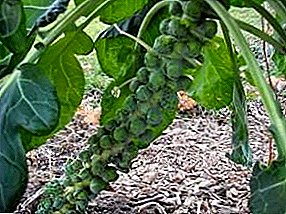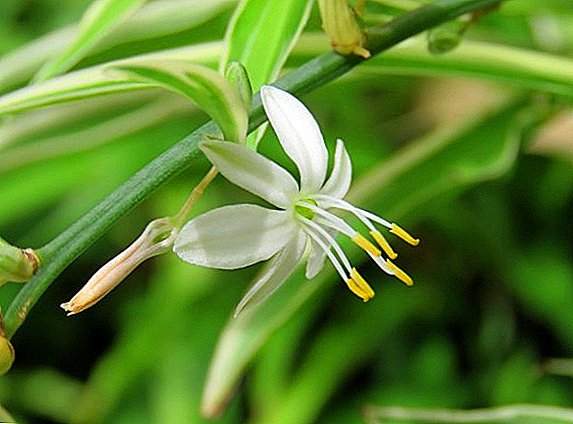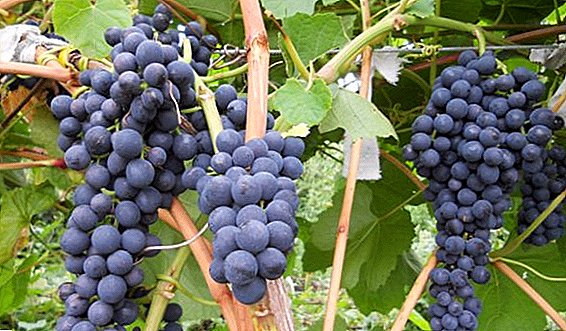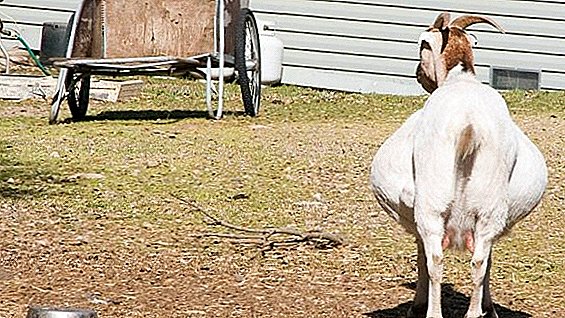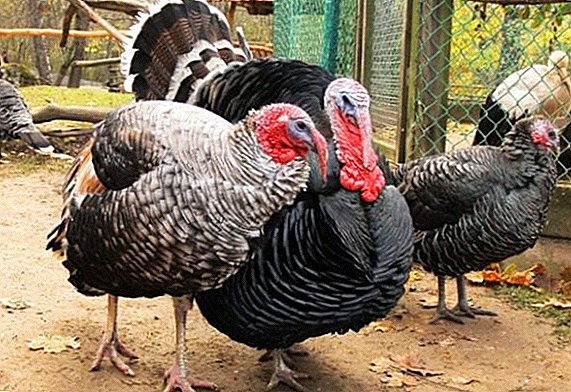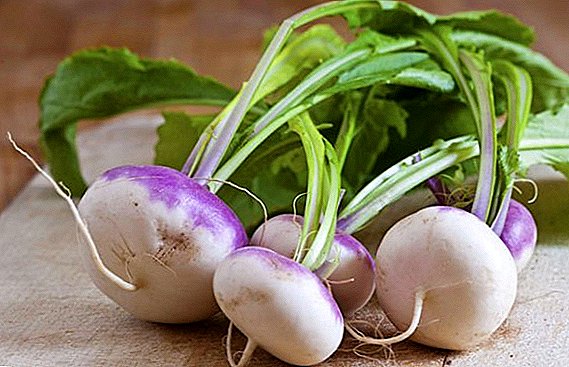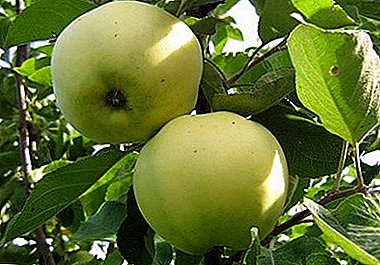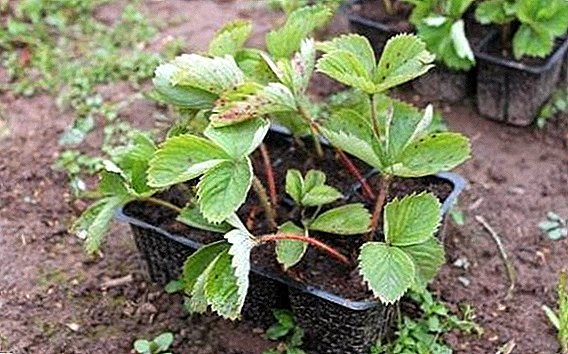 The difficult climatic conditions of Siberia somewhat complicate the process of growing certain crops. For planting in this region are suitable only those plants that are not afraid of frost and will have time to give a crop, even though the summer in these parts is rather short. This article focuses on planting strawberries, we will figure out which varieties to prefer, when to plant strawberries on the beds and how to care for them in this area.
The difficult climatic conditions of Siberia somewhat complicate the process of growing certain crops. For planting in this region are suitable only those plants that are not afraid of frost and will have time to give a crop, even though the summer in these parts is rather short. This article focuses on planting strawberries, we will figure out which varieties to prefer, when to plant strawberries on the beds and how to care for them in this area.
Top Grades
In order to get a good harvest and enjoy the sweet, ripe berries, you need to choose the right strawberry varieties for planting in this region, which will be resistant to climatic conditions and to various diseases and pests.
Given these nuances, the most successful varieties are:
- "Amulet" - high-yielding mid-season variety. The color of ripe berries is dark red, the shape is cone-shaped. Their intense aroma and sweet taste deserve special attention. They are beautiful both in fresh form and in compotes and preserves. Due to the high density of the berries, they keep their shape well and are suitable for freezing. Also, Amulet can be transported over long distances without fear for loss of presentation;
- "Berdskaya Early" - resistant to frost, as well as diseases and pests variety. It does not give high yields, but has a number of other advantages. For example, the berries have good taste, have a pronounced aroma, and most importantly - early ripen. Ripe strawberries are painted in scarlet, matte color, their shape is cone-shaped;
- "Tanya" - The characteristic features of this variety are powerful bushes with a large number of leaves. This strawberry is picky in its care, tolerates frost and drought. Variety "Tanya" refers to the mid. Berries - glossy, dark red, sweet with spicy sourness;
- "Pavlovchanka" - in the first year after planting, give birth to very large berries, weighing up to 30 g, and in subsequent years they become much smaller. The disadvantages of this variety include its low yield. But the taste characteristics of "Pavlovchanka" are more than worthy, as this strawberry is sweet and sour, with soft soft flesh and wonderful light aroma. Also to the advantages include the fact that the plant is not afraid of frost and is not susceptible to diseases;
- "Kama" - large-fruited strawberry, which is popularly called the "Black Prince". Up to 1 kg of delicious, huge berries can be collected from one bush; the weight of such a single strawberry can reach 40 g, they are very beautiful and incredibly sweet. The disadvantages of the Kama variety include the fact that it is subject to diseases such as gray and brown mold. But if you properly care for the plant and carry out preventive treatments in a timely manner, unpleasant situations will not arise.



Did you know? 100 g of strawberries contain only 32 kcal, but even this amount is enough to provide the body with a daily rate of vitamin C, as well as to protect it from cancer.
When to plant strawberries in Siberia
Spring and autumn planting is considered acceptable for this area. In spring, strawberries are planted from the end of April to the 20th of May, and the "autumn" planting of seedlings into the ground is called from the end of July to the 10th of August. And in the first and in the second case, the plants have time to take root and grow strong before the onset of frost.
Important! A later planting of strawberries in the spring can lead to drying of the seedlings, and if you ignore the recommendations and move the seedlings to the open ground after August 10, the plants simply do not have time to settle down and get stronger.
In the spring, at the time of landing, daytime temperature should consistently exceed the mark of + 8 ° C, in this case, the soil will have enough time to warm up for a comfortable life of this plant. 
Choosing a place on the site
For strawberries you must choose the brightest and the sunniest place. Optimum for this culture is rich in humus, loose soil. It is worth paying attention to the fact that the plant does not tolerate excess moisture, so you need to ensure it good drainage and avoid landings in areas where groundwater is located nearby, as well as where there is a likelihood of water stagnation. Soil moisture should not exceed 78%. Taking into account these factors, the location of the beds on the hills or plains would be ideal. Wind and drafts are completely undesirable for berries, they are even destructive, so you should prevent their presence on strawberry beds.
Never plant strawberries after the nightshade. Compliance with this simple rule of crop rotation will increase the stamina and yield of the crop.
So that the yield was stable, and the berries - large, juicy and fragrant, gardeners resort to the help of sideratov - plants that can replace unnatural fertilizers.
Strawberry bushes should not linger in one place for more than 3 years; transplanting to a new site during these periods is considered optimal.
Preparation of beds
Ideal to prepare beds for strawberries in advance. She is very responsive to nutrient fertile soil, and especially in regions with a difficult climate. Under the spring planting it is better to prepare the soil in the fall, add humus, compost or any other organic fertilizer to it. Perfectly suited for these purposes wood ash.  The soil under the strawberries should certainly be loose and well drained. Matters and soil acidityit should not exceed 6.5 pH.
The soil under the strawberries should certainly be loose and well drained. Matters and soil acidityit should not exceed 6.5 pH.
Learn more about how to independently determine the acidity of the soil on the site and deoxidize the soil.
The area for strawberries must be dug 10-14 days before the intended planting in open ground and fertilize the beds with rotted manure or compost. And just before landing on the beds, the ground should be loosened to a depth of 15 - 20 cm.
Landing rules
It is best to plant strawberries on a cloudy day.
Before planting seedlings it is necessary to water the soil, it must be well moist, but in no case not over-wetted. The wells must be prepared in such a way that the distance between the rows is 60-80 cm, and between the bushes in the garden - 15-25 cm. Seedlings should be placed in the pits so that the roots of the plant are located vertically and the root neck is flush with the ground.  After all the seedlings are planted on a bed, the soil around it is mulched with peat or humus. If planting is carried out in the spring, the seedlings are covered with foil for 10-14 days.
After all the seedlings are planted on a bed, the soil around it is mulched with peat or humus. If planting is carried out in the spring, the seedlings are covered with foil for 10-14 days.
Read also about the technology of growing strawberries: in the greenhouse, according to the Dutch technology, under the covering material.
Further care
Difficult climatic conditions make their adjustments in the care of plants. Young strawberry bushes need regular watering, but pouring plants is strictly prohibited. Therefore, the gardener must always be alert and water the strawberries as they dry.
Opinions gardeners on making dressing diverge. Some argue that if you take into account all the requirements for the substrate before planting, the supply of useful substances is enough for 3 years and you do not need to make additional feedings before transplanting to another site. Others still believe that due to the difficult weather conditions, the plants need fertilizer and a few additional feedings, especially during flowering and the formation of ovaries, strawberries are simply necessary. For these purposes, use of complex mineral fertilizers, preferably with a high nitrogen content. Also suitable phosphorus-potassium fertilizer, especially during flowering.  Strawberries do not tolerate neighborhoods with weeds, so weeding and loosening the soil should be a regular procedure.
Strawberries do not tolerate neighborhoods with weeds, so weeding and loosening the soil should be a regular procedure.
Learn more about the nuances of feeding strawberries in the spring (folk remedies) in the fall, as well as proper care in the spring, after harvesting and in the fall.
Antennae, which will appear on the bushes in the summer, it is recommended to remove. Sprouts take away the strength and nutrients from strawberries, the shortage of which in a harsh climate can be devastating.
2 - 3 strong bushes annually left on the seedlings. They are cut off the buds during flowering, which contributes to the formation of good planting material for the next season. In the spring and autumn in the beds they carry out sanitary cleaning, remove dried and damaged shoots. For the winter, beds are covered with lapnik branches. If the winter was not very snowy, it will be useful to throw a snowdrift on top of a spruce tree.
Did you know? Strawberries have a lot in common with salicylic acid, so in the season of ripening berries do not rush to drink headache tablets, first try to eat a handful of tasty berries and the discomfort will be a thing of the past.
Video: care for strawberries in the summer in Siberia
Now you know that you can grow strawberries even in Siberia, if you choose the right varieties and provide the plants with proper care. Experienced gardeners recommend planting several varieties of berries in this region, and then you can guaranteed to get the desired harvest.


